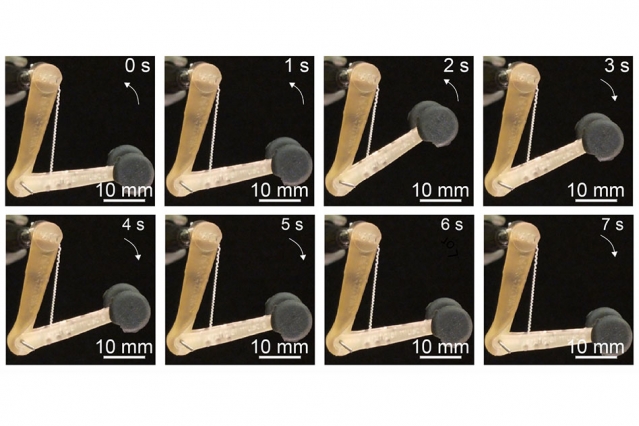
Artificial muscles are not a new concept, but their development has consistently run into problems such as high weight or slow response time. Multiple teams around the world are working to change that for the better.
Most recently at Massachusetts Institute of Technology, Mehmet Kanik and his team created a heat-activated, two-faced polymer fiber. This fiber was used to create artificial muscles that can lift more than 650 times their own weight and withstand strains of more than 1,000 percent.
At the University of Texas Dallas, Jiuke Mu and his team released a paper describing a fiber with an electrothermally sensitive sheath coiled around cheap materials like nylon and bamboo. Muscles built with these fibers have 40 times more contractive power than human muscles and 9 times more than the highest power alternative electrochemical muscle.

A team at the University of Bordeaux in France led by Jinkai Yuan just published a paper about a microengine made of shape memory nanocomposite fibers, coiled to store energy. A small change in temperature is all that is needed to release the energy.
Obviously, science has quite a ways to go in order to make this technology useful in the human body, but in the meantime, there are plenty of applications which could be applied with robots and prosthetics.

